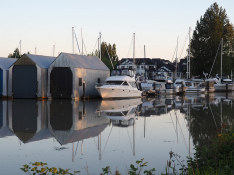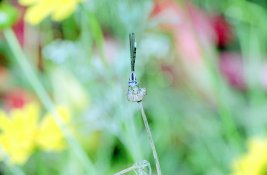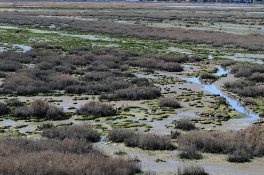I do not understand this relatively new obsession with blurry backgrounds! It even has a name - "Bokeh". I hate that word and I hate everything it stands for.
Photographers are taking too much control over where the viewer's eye is drawn to in their picture. And it's just getting worse and worse. I love old pictures because there so much to see within the four corners of the image and more often than not I'm fascinated with something that was never intended to be the subject of the picture - like a house in the background, clutter in the corner of the room, a really interesting tree. But now all of this is taken away from me, taken away from me by "Bokeh".
I have been looking for camera equipment for years, but am very much a novice in understanding what I need exactly. I used DSLRs heavily for work (Canon 70D+700D) and I liked them but primarily used them for their video capability. For my own personal camera, still pictures will be the primary use. I really like the traditional form factor of the Canon 70d but I hate the light plastic build. I would love for the camera/lens to be manufactured in Japan (my car, my power tools, almost everything is Japan made!). I see quite a few people like the Fujifilm xt3 in these forums, so I have added this to my list of options. Money is no object here but I would rather not have to mind it too much so would prefer to stay <1500€ (1800$)
I would just like some advice on what equipment I need to maximise the focus in the pictures. I understand I need to avoid full frame cameras but get a sense that the soul of "Bokeh" is in the choice of lens.
Any help would be appreciated!
Photographers are taking too much control over where the viewer's eye is drawn to in their picture. And it's just getting worse and worse. I love old pictures because there so much to see within the four corners of the image and more often than not I'm fascinated with something that was never intended to be the subject of the picture - like a house in the background, clutter in the corner of the room, a really interesting tree. But now all of this is taken away from me, taken away from me by "Bokeh".
I have been looking for camera equipment for years, but am very much a novice in understanding what I need exactly. I used DSLRs heavily for work (Canon 70D+700D) and I liked them but primarily used them for their video capability. For my own personal camera, still pictures will be the primary use. I really like the traditional form factor of the Canon 70d but I hate the light plastic build. I would love for the camera/lens to be manufactured in Japan (my car, my power tools, almost everything is Japan made!). I see quite a few people like the Fujifilm xt3 in these forums, so I have added this to my list of options. Money is no object here but I would rather not have to mind it too much so would prefer to stay <1500€ (1800$)
I would just like some advice on what equipment I need to maximise the focus in the pictures. I understand I need to avoid full frame cameras but get a sense that the soul of "Bokeh" is in the choice of lens.
Any help would be appreciated!





 Cheers and good luck. Would like to see some of your images posted here.
Cheers and good luck. Would like to see some of your images posted here.









